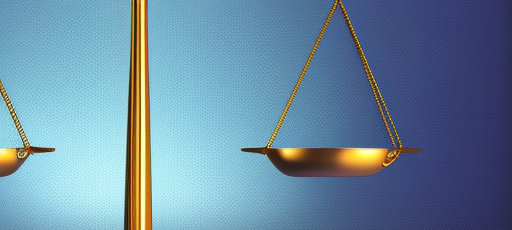Retirement is often one of the most significant assets that a couple has to divide during a divorce. In Texas, there are specific laws and guidelines that dictate how retirement benefits are divided in a divorce. In this article, we will explore the different types of retirement plans, how they are divided in a divorce, and what you need to know to protect your retirement assets during the divorce process.
One of the first things to understand about retirement assets in Texas is that they are considered community property. This means that any retirement benefits earned during the marriage are considered to be jointly owned by both spouses and are subject to division in a divorce. There are, however, some exceptions to this rule, such as benefits that were inherited or gifted to one spouse.
The most common type of retirement plan that is divided in a divorce is a defined benefit plan, such as a pension. These types of plans are typically offered by government and large private employers. In Texas, a pension plan is divided through a process called Qualified Domestic Relations Order (QDRO). A QDRO is a court order that is submitted to the plan administrator, which allows the administrator to divide the plan benefits between the two spouses. The QDRO must be approved by the court and the plan administrator before it can be implemented.
Another type of retirement plan that is commonly divided in a divorce is a defined contribution plan, such as a 401(k) or an IRA. These types of plans are typically funded by employee contributions and employer matching contributions. In Texas, a defined contribution plan is divided through a process called a Transfer Incident to Divorce (TID). A TID is a court order that directs the plan administrator to transfer a portion of the plan benefits to the other spouse. Like a QDRO, a TID must be approved by the court and the plan administrator before it can be implemented.
It’s also important to note that there are certain tax implications of dividing retirement benefits in a divorce. For example, if you take a distribution from a 401(k) or IRA before age 59 1/2, you will typically be subject to a 10% early withdrawal penalty. Additionally, if you transfer funds from a pre-tax retirement account to a post-tax account, you will be required to pay taxes on the transferred funds. Therefore, it is important to work with an attorney who has experience in handling retirement assets in a divorce and can advise you on the best way to divide your retirement benefits to minimize tax implications.
In conclusion, dividing retirement assets in a divorce can be a complex process. It’s important to understand the different types of retirement plans and how they are divided in a divorce. Additionally, it’s essential to work with an attorney who has experience in handling retirement assets in a divorce and can advise you on the best way to protect your retirement assets during the divorce process. With the right guidance and planning, you can ensure that your retirement assets are divided fairly and that you are able to secure your financial future after the divorce.
